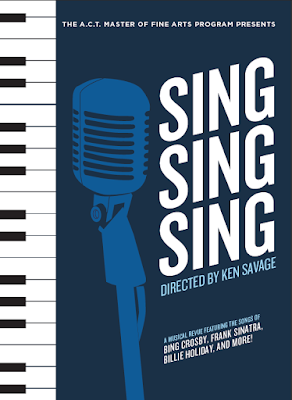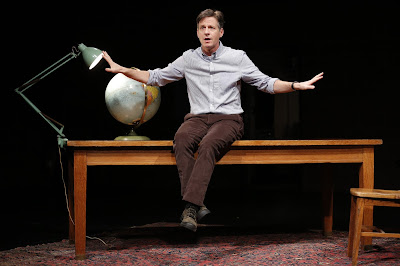Commedia Class at A.C.T.

By A.C.T. Publications Staff It’s 9:30 a.m., a cold December morning, and in one of A.C.T.'s 8th floor studios at 30 Grant, the second-year Master of Fine Arts Program actors are preparing to show off what they’ve learned in this semester’s Physical Theater class. The Commedia dell’arte masks are lined up on the table. The actors check their props. Upbeat music blares from the speakers. And seated in the front row are two dozen M.F.A. Program actors. M.F.A. Program Physical Theater class, 2015–16. Photo by Stefan Cohen. As the second years don the visages of old men, young lovers, and dithering servants, their fellow student actors cheer loudly and eagerly provide whatever the improvisations need: encouragement, audience response, even coffee cups. It is moments like this that show how closely knit the Master of Fine Arts Program actors are. No matter how many rehearsals, fittings, readings, and performances they have, they are always there for each other. This close-kn...















